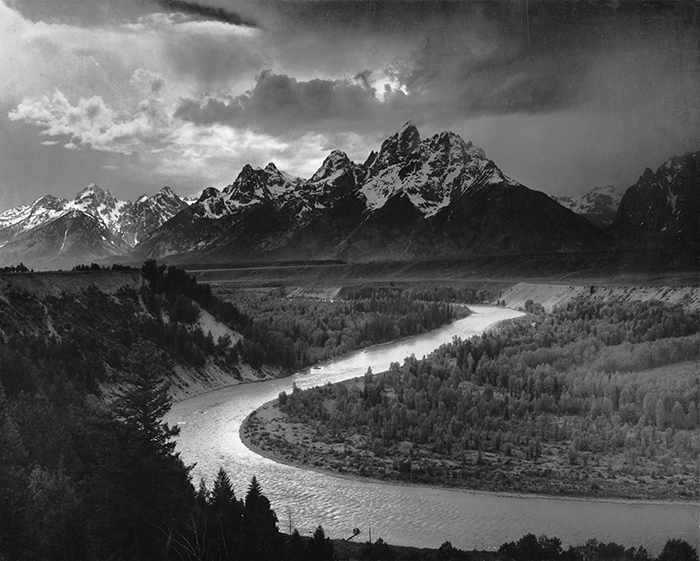Who is he?
An American photographer who has focused on the changing landscape of the American West. His work first came to prominence in the mid-1970s through his book The New West and his participation in the exhibition New Topographics: Photographs of a Man-Altered Landscape in 1975.
In the 1970s and 1980s he produced a series of books, The New West, Denver, What We Bought, Summer Nights which focused on expanding suburbs along Colorado’s Front Range, books that pictured heedless development but also the surviving light, scale, form, and silence of the natural world. He also examined this mixture of humanity’s imprint and nature’s resilience in the wider western landscape he has also occasionally published smaller, sometimes more personal volumes.
His work
These photographs are what I am going to mainly base mine on, following his widely spread landscapes.































































